Lakeland Regional High School’s staff drilled a new reunification plan during the afternoon professional development session on Wednesday, April 17, 2024. The plan is to ensure all members of the LRHS community are safe in an emergency and sets up a location for students and guardians to be reunited if the school has to be evacuated.
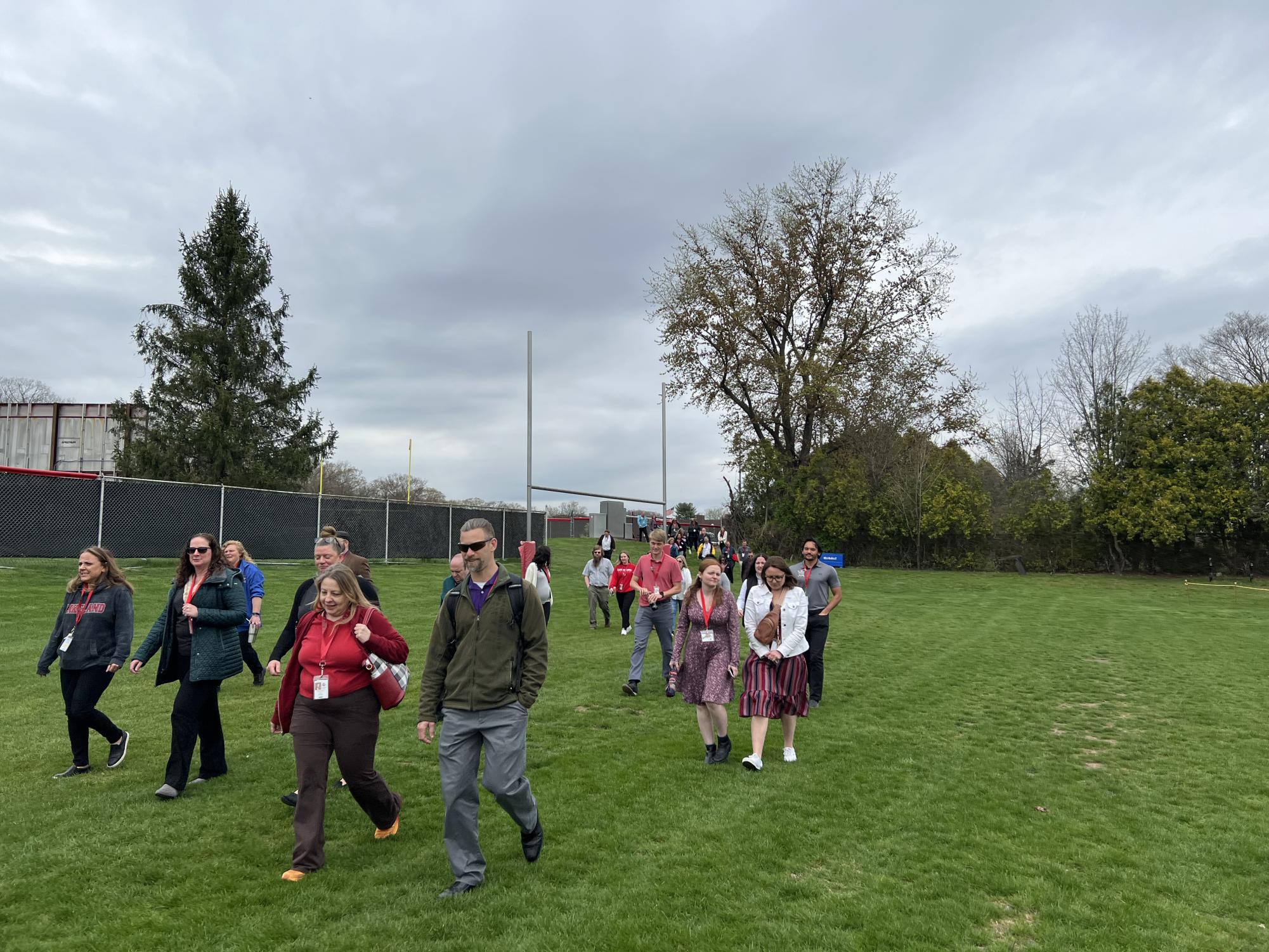
During the drill, LRHS staff and Wanaque Police Department conducted a drill that included a lockdown situation, evacuation, and transport to the school’s reunification center. During the drill, some staff members played the roles of students or parents in order to test out each aspect of the plan, including the actual reunification of both parties. Although the number of staff members does not match the total student body, the staff acted as an excellent test subject for the plan.
LRHS’ reunification plan was spearheaded by Assistant Principal Rita Mazza, with a team consisting of Superintendent Hugh Beattie and the Wanaque Police Department. Community Outreach Coordinator and business teacher Jessica Geyer also stepped in to help with the plan, sharing with the Ledger that this process is vital because the “number one priority is the safety of staff and students.”
Staff members who participated on Wednesday were able to provide feedback to the planning team after the drill. One thing Ms. Diana Matlosz, school counselor, mentioned was the positive effects this drill can have throughout the LRHS community in helping staff and students feel safe. English teacher Ms. Jamie Cawley had a similar opinion, stating that this new emergency plan is “more effective than the plan we had in place before, and it’s definitely a step in the right direction.”
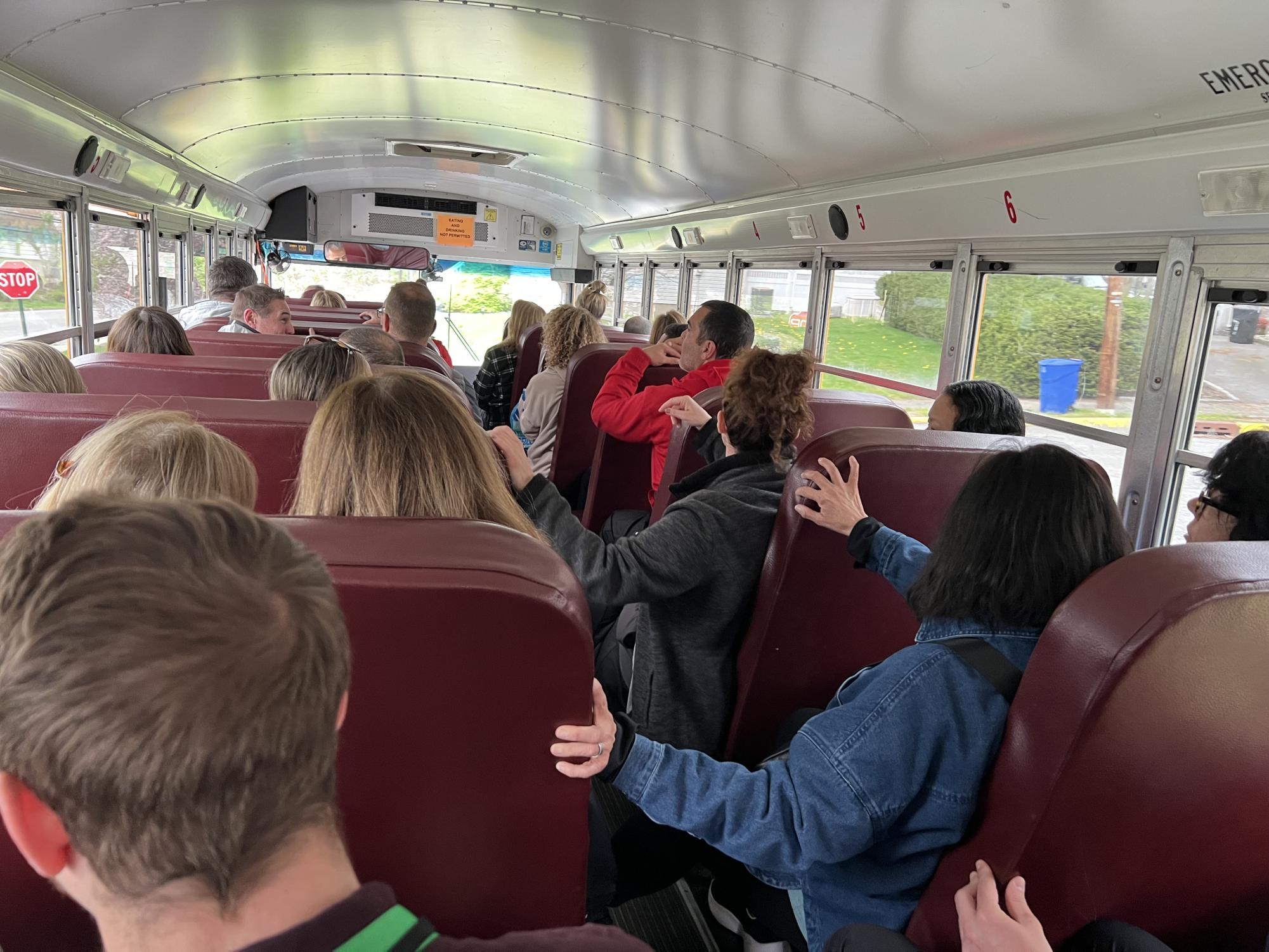
(Lancer Ledger)
Overall, feedback was positive, and staff members were able to provide suggestions to make the plan even more sound. Staff member Ms. Rachel Chybicki stated that for the first time running the drill, it went very well overall. Mr. Dan Kee, substitute teacher who was involved in the drill, shared that he also felt the drill went as good as possible, but that there are areas he recommends the team reflects, such as having bus monitors on each bus. Ms. Matlosz explained that she believes “the plan can be effective, especially, once all the staff knows their personal role during an event.” In that regard, interviewed staff members stated that more communication on their roles and status updates of an ongoing event were some of their number one suggestions. Ms. Cawley stated that is a good thing no one is claiming the drill went perfectly, as imperfections are necessary “to see what’s wrong, and to make it better for the real thing.”
Ms. Geyer told the Ledger the planning team is already reviewing the feedback and using it “to really reconsider our ideas on a wider scope and think what would make sense.”
After the drill this past Wednesday is discussed among the planning team and necessary changes are made, the team hopes to involve students in a drill next year. Although many teachers acknowledge that a drill with students, whether it is the full student body of a select few, will be much more involved and chaotic, many believe that it is necessary. History teacher Keri Ecker thinks a larger scale drill would be a great way to “judge the effectiveness” of the plan. She shared, “We had a nice start, but once you start to scale up, that’s when issues will start to present themselves that we can then solve.” Ms. Matlosz also feels involving students will be fruitful as without students present, it was hard to truly understand the roles each staff member would take. She is all for a drill with students involved, saying, “The reality is emergency situations happen and it is best to be as prepared as possible for both students and staff to have an understanding of what action must be taken. It is the unknown that often creates the most anxiety and panic for students and staff. Therefore, running through the drill is the appropriate action.”
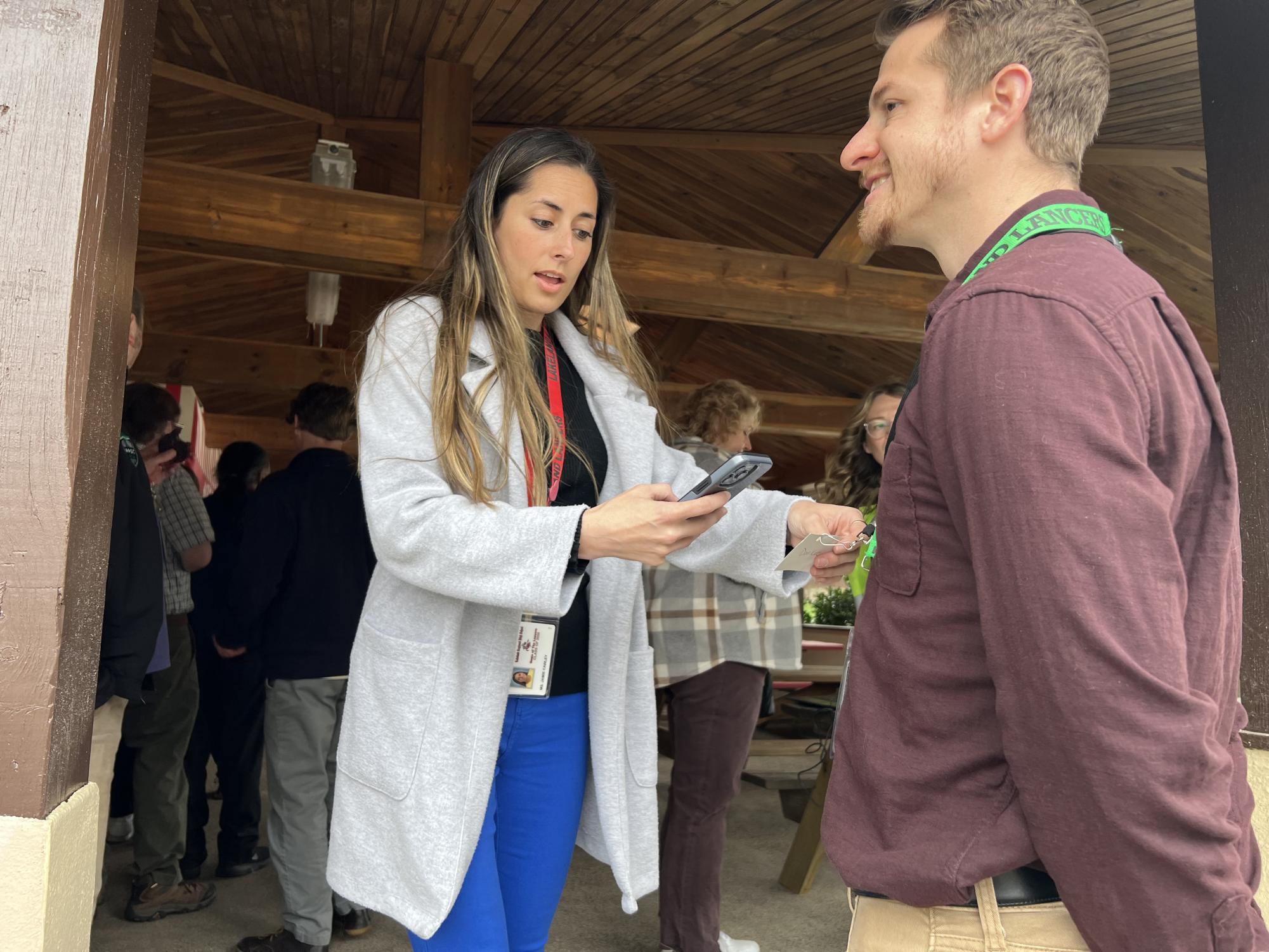
(Lancer Ledger)
Another vital aspect of the plan is making sure that internet access and LRHS systems can be accessed at the reunification center. The I.T. Department was brought into the plan to handle the networking and technological aspects, and has been working with the planning team to make sure everything would run smoothly for the drill and in case of a true emergency. Technology Integration Specialist Mr. David Bochkay explained that he thought the drill went quite well, and he believes that “overall it was a tremendous learning experience” and that they can now fix any problems that they identified during this drill. He added, “I think it will be an effective plan due to a recognition of the dynamic nature of the situation.” When asked about how he thinks this drill would go with students, he said, “Any time you get an opportunity to test something and expose potential problems is a good thing.”
A reunification plan is a state requirement of every school in New Jersey. The New Jersey State Association of Chiefs of Police (NJSACOP) created a two part state emergency management plan under the state-wide preparedness phase. Under part one, communications, schools need to begin each school year with updated information for families, including modes of communication and emergency release information. In turn, parents or guardians will provide the school with an emergency authorization form to file with detailed contact information including who can pick up their student in an emergency. This phase of the plan is designed to create a sense of trust between the school and student’s families. In case of an emergency, schools must have a designated Public Information Officer (PIO) to be the sole contact for media concerns. Schools must not delay any information about students’ conditions from reaching their families, and keep all information factual. During the emergency, families are instructed to remain close to communication sources, but discouraged from contacting the school, law enforcement, or 911.
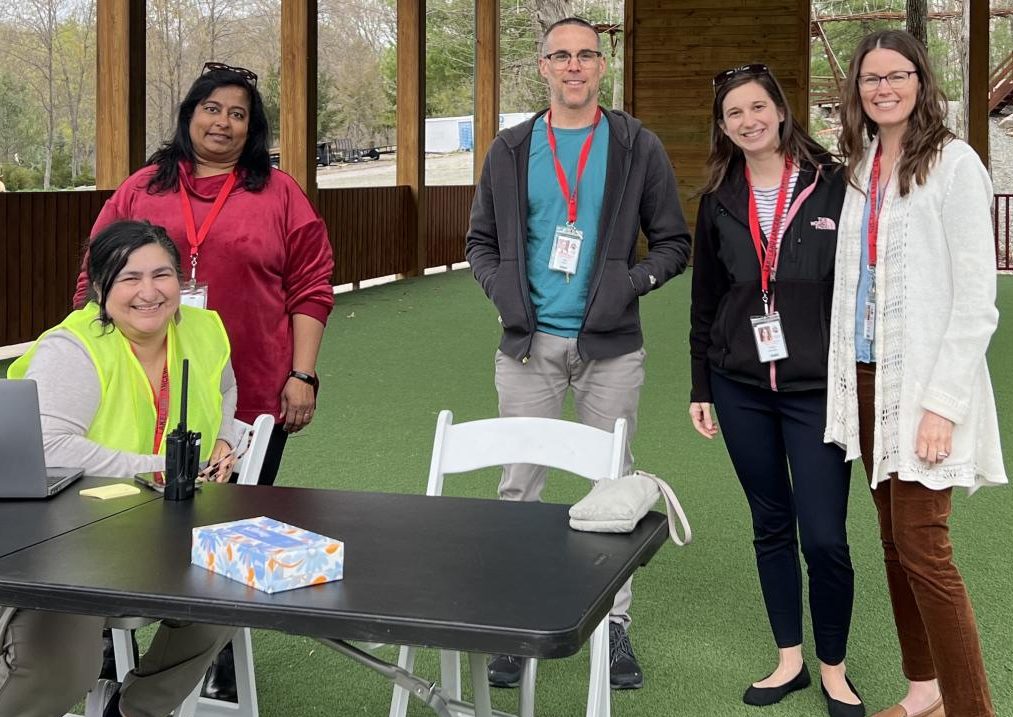
Phase two of the NJSACOP plan is reunification, which was created alongside the New Jersey Department Office of School Preparedness & Emergency Planning, Domestic Security Preparedness Task Force, and the New Jersey Office of Homeland Security and Preparedness in order to find the most effective way to return students to their families in the event of an emergency. It is the school’s responsibility to maintain custody for every student and ensure their reunification and law enforcement’s responsibility to facilitate this process. Each district must follow the six basic steps of the state plan to ensure a controlled release: establish a district-wide planning team, conduct hazard analysis of the site and surrounding area, eliminate or mitigate hazards, develop procedures to respond to hazards, train students and staff, and conduct drills and exercises, and LRHS has been working tirelessly throughout for over a year to put their plan into action.


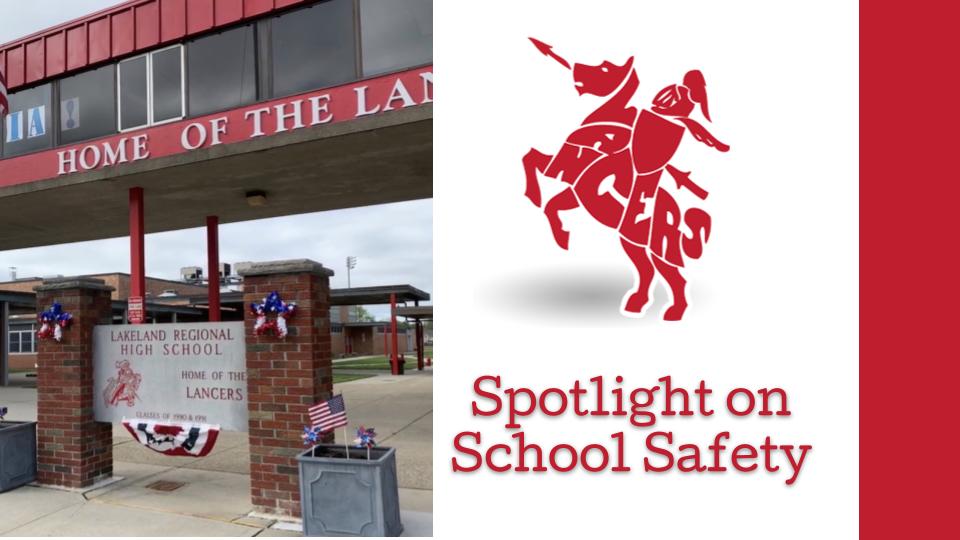
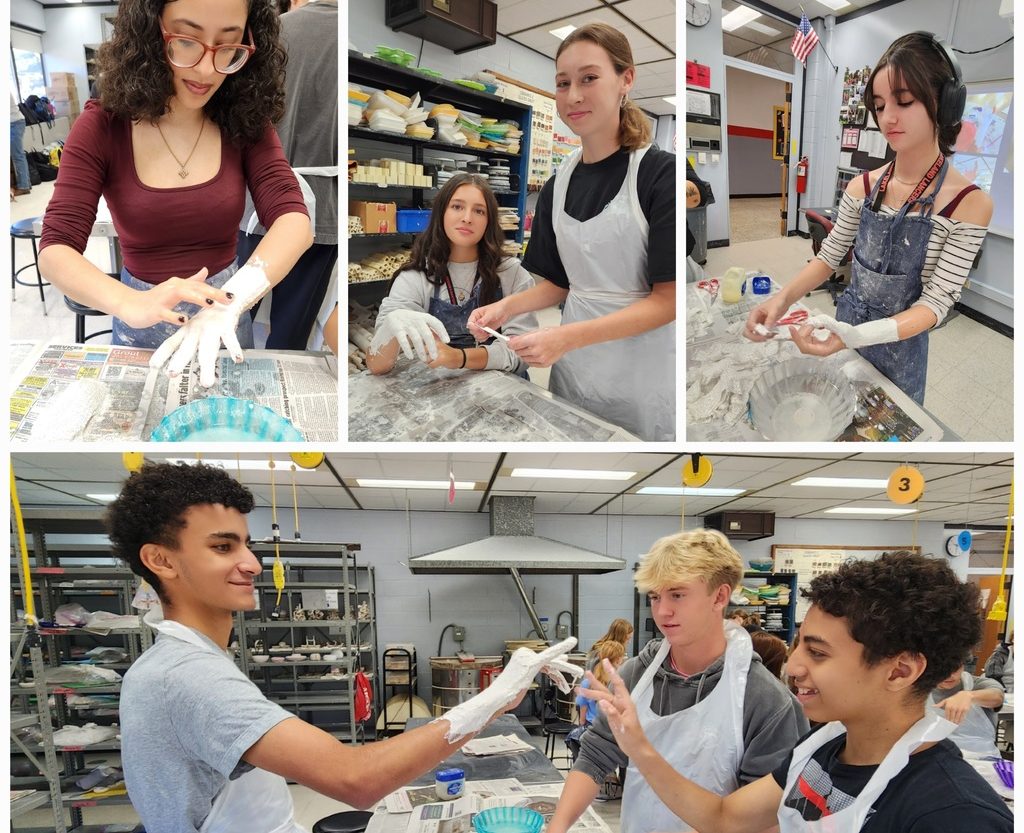
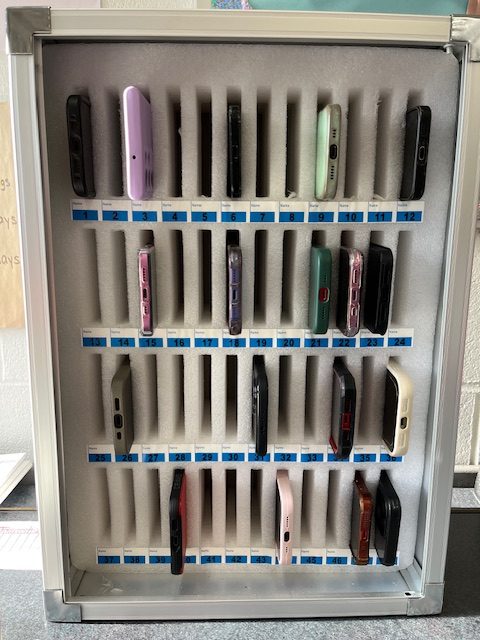





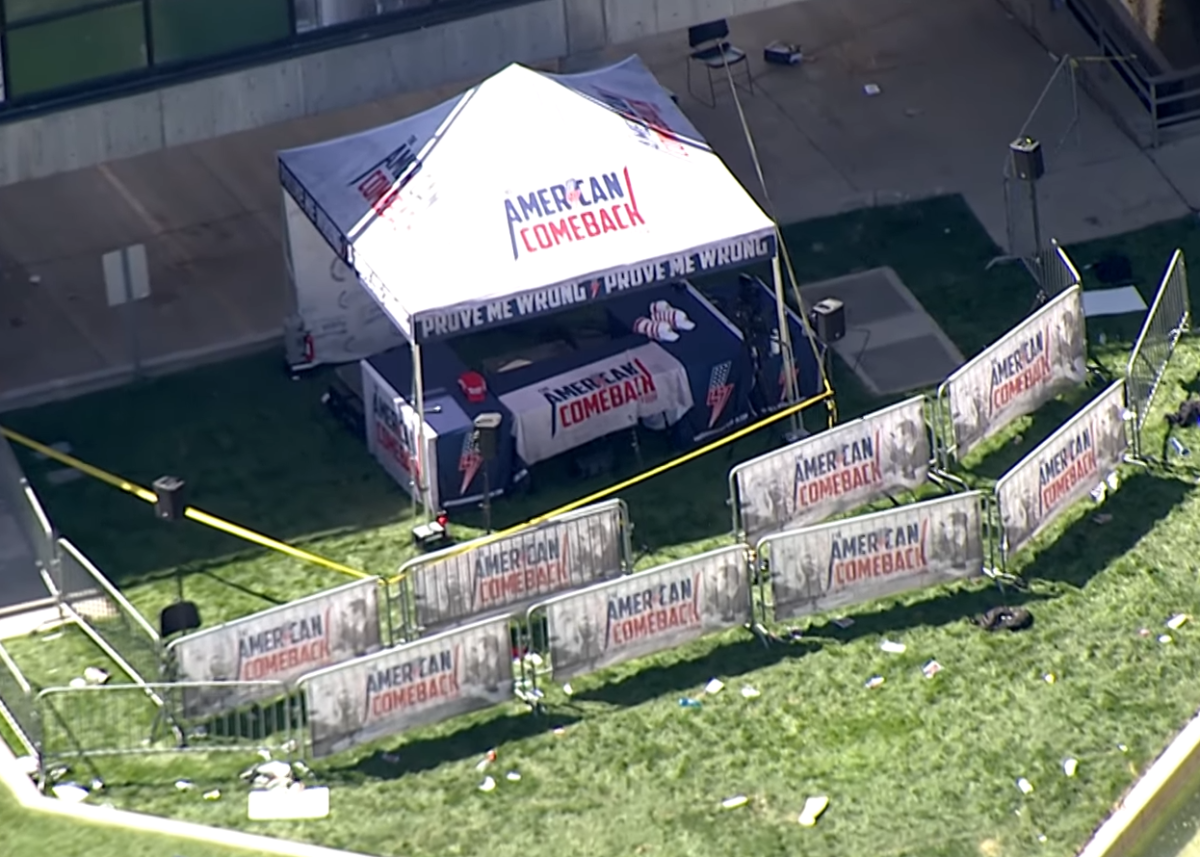




Ms. Cawley • Apr 23, 2024 at 12:41 pm
Great article! Love to see Lancers working hard & pounding pavement to get the scoop!